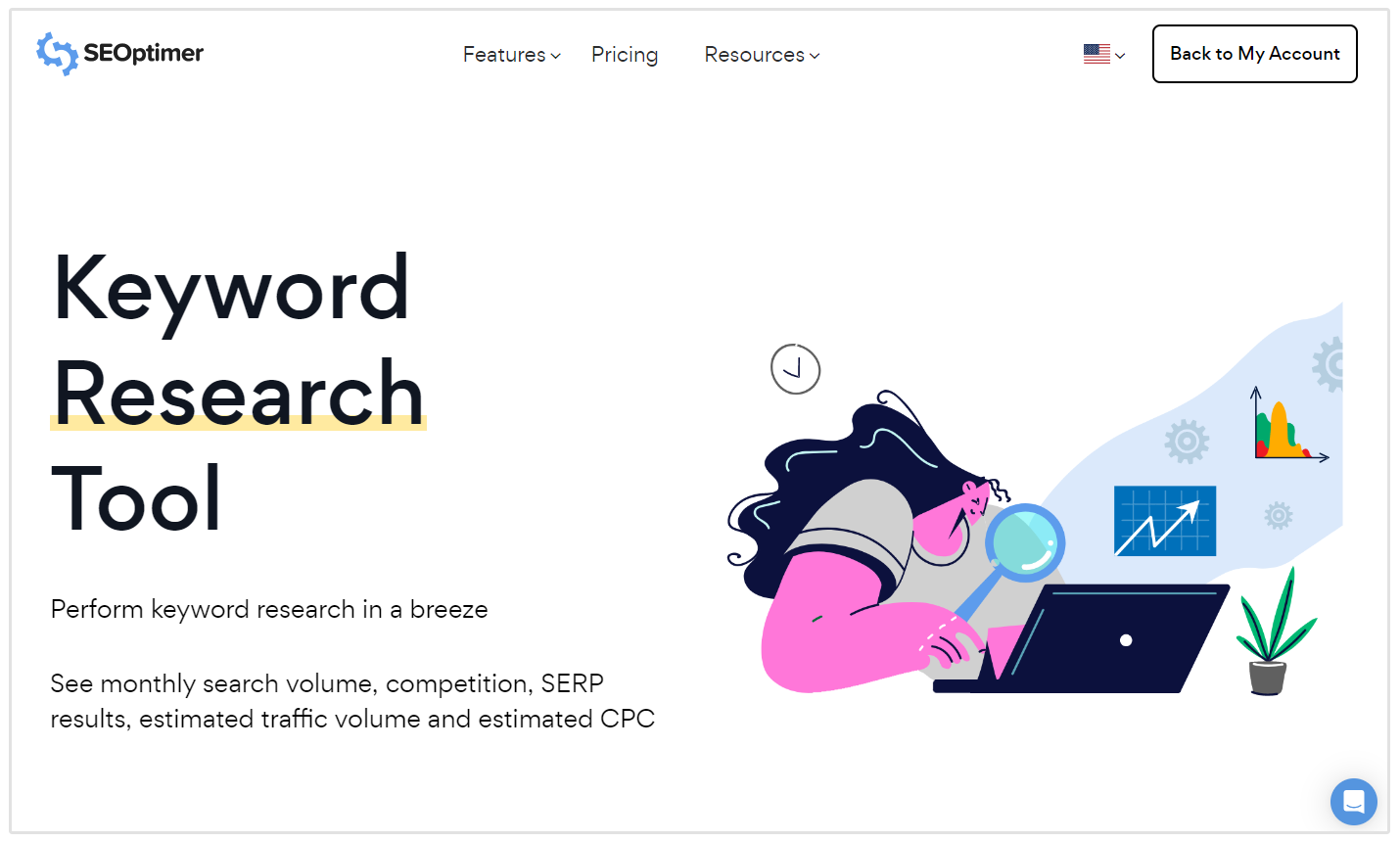Opening Secondary Dimensions in Google Analytics: Definition and Practical Use Cases Explored
Opening Secondary Dimensions in Google Analytics: Definition and Practical Use Cases Explored
Blog Article
Optimizing Your Data Interpretation With Additional Measurement in Google Analytics for Informed Decision-Making
In the realm of electronic analytics, the capacity to essence purposeful insights from data is paramount for making notified decisions that drive service success. Google Analytics, a powerful device in the hands of electronic marketers and experts, provides a feature called Second Measurement. This often-underutilized feature has the prospective to uncover a wide range of details that can provide a deeper understanding of customer behavior and website efficiency. By taking advantage of the abilities of Secondary Measurement, individuals can acquire an extra comprehensive view of their data, enabling them to make calculated choices based upon an extra nuanced and detailed analysis.
Comprehending Second Measurement Functionality
Comprehending the secondary measurement functionality in Google Analytics enhances the depth of data evaluation by offering extra context to key metrics. By including a second measurement, analysts can sector and compare data, obtaining understandings that would certainly or else continue to be surprise. This attribute permits customers to view data with various lenses, such as the source of traffic, individual habits, or geographical location, offering a more comprehensive understanding of website performance.
Utilizing secondary measurements can reveal patterns and relationships that may not be evident when looking entirely at key metrics. As an example, matching the main metric of web page views with a second dimension like tool category can reveal whether specific tools drive more website traffic to particular pages. This details can then notify internet site optimization techniques tailored to various tool customers.
Executing Additional Measurement in Records
Structure upon the understandings gained through secondary dimension analysis, including these measurements effectively into records in Google Analytics is crucial for drawing out workable data-driven decisions. what is a secondary dimension in google analytics. By executing additional measurements in records, customers can dive deeper into the efficiency metrics of their internet site or app. This feature enables for a much more detailed evaluation by giving added context to the primary measurement selected
To execute a second measurement in records, just navigate to the preferred report in Google Analytics and click the "Secondary dimension" tab situated above the data table. From there, customers can select from a wide variety of secondary dimensions such as 'Source/Medium', 'Gadget Category', or 'Touchdown Web page'. Selecting the most appropriate second measurement will rely on the details understandings you are looking for to uncover.
Making use of second measurements in records not just improves the depth of analysis but also aids in identifying patterns, patterns, and relationships that may have otherwise gone unnoticed. This tactical approach to data analysis allows businesses to make enlightened decisions that drive development and success.

Analyzing Data With Additional Measurements
Upon incorporating additional measurements into data analysis within Google Analytics, an in-depth exam of essential performance signs can be accomplished, using important insights for tactical decision-making. By utilizing secondary measurements, experts can better dissect their main data dimensions, such as traffic resources or customer demographics, to discover patterns or patterns that may not be promptly evident. This much deeper level of analysis permits an extra thorough understanding of customer habits and interactions on an internet site or electronic system.
Analyzing information with second measurements allows marketing experts and internet site proprietors to address more particular questions about their target market, material efficiency, and advertising efforts. For circumstances, by integrating the primary measurement of website traffic sources with a secondary measurement like geographical area, organizations can recognize which regions drive one of the most useful traffic to their website. This type of granular blog understanding can notify marketing strategies, content development, and website optimization initiatives to better accommodate the requirements and choices of their target audience.
Leveraging Secondary Dimensions for Insights
By incorporating additional measurements efficiently, experts can remove deeper understandings from information embed in Google Analytics, improving the understanding of customer behavior and performance metrics. Leveraging additional measurements involves integrating various attributes or metrics with main information to reveal patterns and trends that may not appear initially glimpse. As an example, by adding an additional dimension such as 'Tool Category' to a report on site web traffic, analysts can recognize whether customer habits varies throughout various tools like desktop computers, cellphones, or tablet computers.
Furthermore, utilizing secondary dimensions allows analysts to segment data more granularly, enabling them to recognize specific target market sectors or geographical areas that exhibit distinct actions. what is a secondary dimension in google analytics. This segmentation can be instrumental in tailoring advertising techniques, enhancing web site web content, or boosting customer experience based upon the one-of-a-kind characteristics of each segment
Basically, leveraging additional measurements in Google Analytics equips experts to dive much deeper into data, derive significant understandings, and make informed decisions that drive service development and success.
Enhancing Decision-Making Via Secondary Dimensions
Utilizing secondary dimensions in data evaluation offers a calculated advantage by discovering workable understandings that drive informed decision-making in Google Analytics. By enhancing decision-making with secondary dimensions, individuals can dive much deeper right into their information to draw out useful information that might not be right away obvious. These extra measurements offer a more detailed sight of user behavior, communications, and results, making it possible for analysts to make more educated decisions based upon concrete data.
With the utilization of additional dimensions, analysts can sector and filter data to recognize patterns, patterns, and correlations that may affect decision-making processes. This boosted level of granularity permits an extra targeted technique to analyzing data, bring about more informative and you can look here precise conclusions.
Furthermore, additional measurements supply the opportunity to contrast various data points alongside, assisting in a more comprehensive analysis of performance metrics and KPIs. By leveraging secondary dimensions successfully, businesses can optimize their approaches, improve individual experiences, and inevitably accomplish their goals with self-confidence.
Verdict

Building upon the understandings acquired via secondary dimension evaluation, integrating these measurements successfully into records in Google Analytics is crucial for drawing out workable data-driven decisions.To carry out a second dimension in records, just browse to the desired report in Google Analytics and click on the "Additional measurement" tab situated over the data table. By making use of additional dimensions, experts can even more study their primary data dimensions, such as website traffic sources or individual demographics, to uncover patterns or trends that may not be immediately obvious. By integrating the key measurement of website traffic resources with a secondary dimension like geographical location, companies can determine which regions drive the most useful website traffic to their website.By including second measurements properly, analysts can extract deeper understandings from information collections in Google Analytics, boosting the understanding of user habits and efficiency metrics.
Report this page